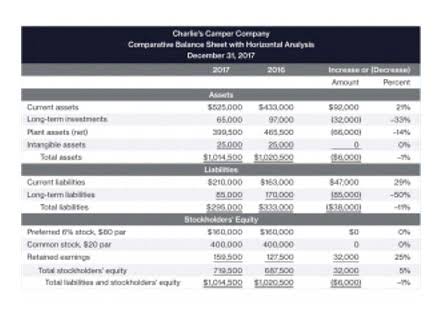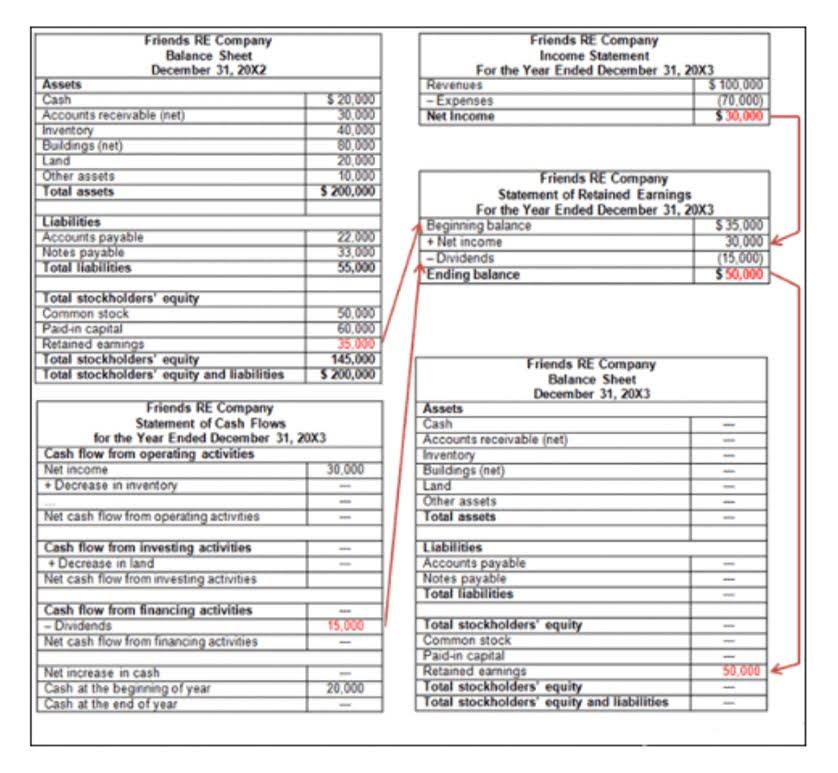
The purpose of an accounting journal is record business transactions and keep a record of all the company’s financial events that take place during the year. An accounting ledger, on the other hand, is a listing of all accounts in the accounting system along with their balances. Debits and credits affect accounts based on their “normal balance.” Assets (economic resources) and expenses (costs incurred) increase with debits and decrease with credits.

Digital Journals and Accounting Software
Debit each revenue account’s whole value to zero, then credit the income summary account with the total revenue amount. This guarantees that revenue accounts have a zero balance for the following period. LiveCube further allows users to do a one time set up automation for journal entry postings.
- All transactions are assumed and simplified for illustration purposes.
- HighRadius stands out as a challenger by delivering practical, results-driven AI for Record-to-Report (R2R) processes.
- Until a few years back, spreadsheets were a common way to keep track of journal entries.
- To record a journal entry, the debit entry needs to be recorded initially.
- Moreover, digital journals provide real-time updates and comprehensive audit trails.
- After almost a decade of experience in public accounting, he created MyAccountingCourse.com to help people learn accounting & finance, pass the CPA exam, and start their career.
- When the company purchased the vehicle, it spent cash and received a vehicle.
Understanding Accounting Journals: Key Concepts and How to Record

Therefore, only transactions that affect the financial position of the business are recorded. For example, if the owner pays their child’s school fees from their personal bank account, it is not a business transaction. Recording it would violate this core principle and misrepresent the firm’s financial performance and position. To record a journal entry, the debit entry needs to be recorded initially. As per the double-entry bookkeeping principle, the debit entry is on the left side, and the credit entry goes on the right side.
- Understanding how to record transactions begins with grasping core accounting principles.
- LiveCube further allows users to do a one time set up automation for journal entry postings.
- Identify which accounts are to be debited and which accounts are to be credited, ensuring that the total of all debits equals the total of all credits.
- Integrating this with LiveCube can enable manual preparation of Journal Entries using templates where all company data is auto-populated.
- All business transactions are recorded in the general journal in a manner illustrated above.
- The Going Concern Concept assumes that a business will continue its operations for the foreseeable future and will not be forced to liquidate.
- By the terms “on account”, it means that the amount has not yet been paid; and so, it is recorded as a liability of the company.
Components of a General Journal Entry
- Every business transaction leaves a trace, but those traces can vanish without a journal.
- The debited account is listed first, with its amount in the debit column.
- On track for 90% automation by 2027, HighRadius is driving toward full finance autonomy.
- Maintaining an accurate and well-organized journal is essential for any business’s financial health.
- If we go further down the time, physical journals and ledgers were used for effective bookkeeping.
- Remember that accounting skills require mastery of concepts and practice.
- Similarly, study patterns and styles are there which can be identified by regular practice.
A journal entry is a record of a financial transaction in the organization’s accounting system. It serves as the first step in the accounting cycle, documenting the details of a transaction, including the date, accounts affected, and amounts. It plays a crucial role in ensuring compliance with accounting standards.

It is recorded in the books as ‘Discount Allowed’ (an expense for the seller) or ‘Discount Received’ (an income for the buyer). Every business Accounts Receivable Outsourcing transaction leaves a trace, but those traces can vanish without a journal. Imagine discovering the source of a financial discrepancy months later, only to find no written record of what happened. It brings clarity, supports transparency, and ensures every decision is traceable. Whether for internal analysis or external audits, the strength of a company’s financial reporting begins with the precision of its journal.
Close & Reconciliation
This transparency supports better financial control, easier compliance with regulatory requirements, and simplifies audits. Cloud-based solutions also offer remote access, ensuring that financial data is secure yet available anywhere, anytime. An optional, but common, component is a reference column, often labeled “Post. Ref.” This column serves as a placeholder to indicate when the entry has been transferred, or “posted,” to the general ledger, which organizes transactions by account.
Cash Application Management

The credit to Accounts Payable reflects the obligation to pay the supplier in the future, increasing the company’s short-term liabilities. An accounting journal entry is the written record of a business transaction in a double entry accounting system. Every entry contains an equal debit and credit along recording transactions in a journal. with the names of the accounts, description of the transaction, and date of the business event.

Upcoming Events
Now that these transactions are recorded in their journals, they must be posted to the T-accounts or ledger accounts in the next step of the accounting cycle. After an event is identified to have an economic impact on the accounting equation, the business event must be analyzed to see how the transaction changed the accounting equation. When the company purchased the vehicle, it spent cash and received a vehicle.
Since there are so many different types of business transactions, accountants usually categorize them and record them in separate journal to help keep track of business events. For instance, cash was used to purchase this vehicle, so this transaction would most likely be recorded in the cash disbursements journal. There are numerous other journals like the sales journal, purchases journal, and https://ntvindianews.in/archives/15060 accounts receivable journal. All business transactions are recorded in the general journal in a manner illustrated above. After making journal entries in the journal, they are periodically posted to the ledger accounts.

